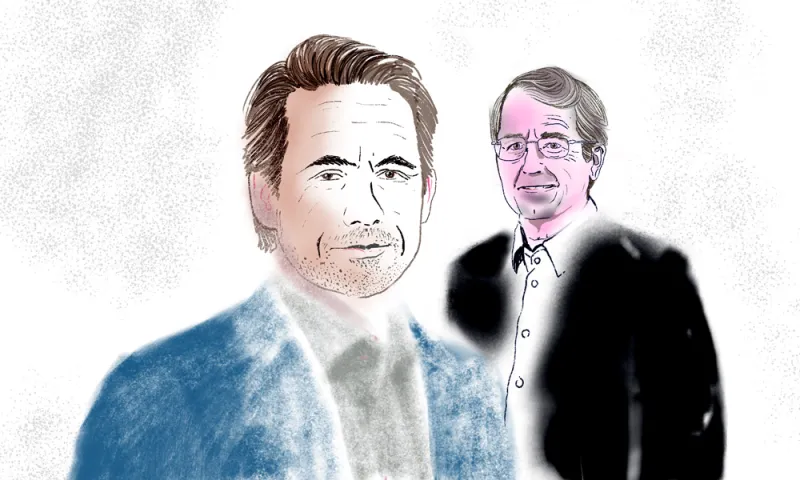In St. Louis, Missouri, active manager NISA Investment Advisors has attracted $45 billion in net new assets over the last two years, growing by nearly one third.
This makes for a striking exception to the malaise of the overall traditional active management industry, which has bled client assets to passive and alternatives firms. For the fourth quarter of 2018 alone, Moody’s calculated $90 billion in outflows from 13 major fund managers.
NISA specializes in liability-driven investing, a derivatives-heavy de-risking strategy favored by corporate pension plans. Founded in 1994, the employee-owned firm managed $199 billion in physical assets at the end of March 2019.
“2018 was an incredible year for NISA,” president David Eichhorn told Institutional Investor in an interview. “It was the single highest asset growth in terms of net inflows.”
Eichhorn was quick to acknowledge a number of factors that worked in NISA’s favor. “We’d be the first to say, LDI is the space we live in and there have been tailwinds for new adoption or continued de-risking,” he said. “A strong catalyst was the tax law change, where most plans could contribute and get deductions at the old higher rate.” Another powerful driver was higher interest rates. This improved corporate pensions’ funded status, pushing them away from risky assets and into less volatile ones — precisely NISA’s specialty.
Some traditional managers’ outflows became NISA inflows. “It’s almost entirely plans de-risking and moving assets from various other asset managers, and new contributions coming from the corporate coffers,” Eichhorn said. “I think those new contributions are done. Plans were hitting triggers, selling equities, and buying corporates and treasuries.”
[II Deep Dive: The Bloodletting Isn’t Over for Active Managers]
Another branch of the business has picked up, as well. Tail-risk hedging products experienced a jump in assets, and contributed more to NISA’s recent inflows than in years past.
“Historically, the ratio of talk to action in tail-risk hedging is enormous,” said Eichhorn, who is also the firm’s head of investment strategies. “Investors would come to us and say, ‘We want to cut the downside risk and give up little or no return.’ And we say, ‘That’s not possible.’ We love having the conversation, but usually we’re simply helping out a client. That’s changed in the last 18 months.” Now when institutions want to discuss tail-risk hedging, “it’s much more likely that there’s going to be a mandate at the end of it.”
NISA carried out a major planned succession recently, handing down equity from founders Jess Yawitz and Bill Marshall to the second-generation leadership, Eichhorn included. The firm remains entirely employee-owned, and completed the transition without outside debt or equity financing.
Investment firms generally have a poor track record with succession, particularly alternatives managers. Och-Ziff Capital Management Group and Bridgewater Associates have publicly stumbled in their handover attempts, for example. Eichhorn and his fellow leaders were aware of the challenge they’d set in announcing the plan in 2017.
“Sometimes things break down in executing succession plans, but for us, nothing did,” he said. “It would have had to take something very acrimonious for us to say, ‘To heck with it. Let’s sell.’ As Jess points out, he works for me now, which is a testament to the person Jess is and his desire to keep NISA employee-owned.”
The new leaders will face a more competitive environment that the last generation may have, as competition is heating up in LDI. The enormously successful U.K. provider Insight Investment is making a sustained push in the American market. Meanwhile, Montreal-based Fiera Capital in May agreed to buy the LDI arm of another firm, bringing its total assets managed under the strategy to $25 billion.






